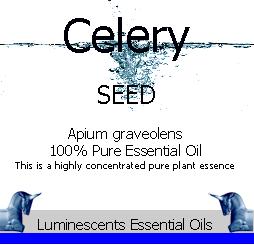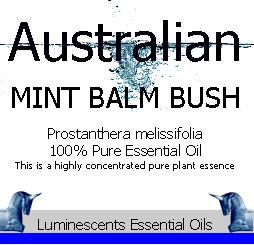Armoise Essential Oil – 100% Pure (Artemisia vulgaris)
£10.50
BOTANICAL NAME: Artemisia vulgaris
SCENT: Armoise essential oil is powerful, fresh-camphoraceous, somewhat green & bittersweet.
STRENGTH OF AROMA: Strong
PLANT PART USED: Leaves and Flowers
EXTRACTION METHOD: Steam Distillation.
ORIGIN: Romania
COLOUR: Armoise essential oil is pale yellow in hue.
CONSISTENCY: thin
NOTE: Middle
Armoise is an aromatic perennial herb has red-purple stems and deeply cut, dark green leaves with white undersides. Panicles of tiny red-brown flowers appear in summer. It is a tall-growing plant, the stems, which are angular and often of a purplish hue, frequently rising 3 feet or more in height.
TRADITIONAL USES:
Antispasmodic, carminative, choleretic, diaphoretic, diuretic, emmenagogue, nervine, orexigenic, stimulant, stomachic, tonic (uterine, womb), vermifuge. It is known to be used to expel worms, control fever and as a digestive remedy.
CULINARY INFORMATION:
It is an ancient herb, once considered to contain magical powers as a remedy for illness and disease. Most often used as a seasoning for wild game, meat and fish, Armoise is a narrow, leafy plant with pointed leaves that are green on one side and pale white on the other. The plant grows several feet in height with a stem that is reddish tan in color. When added to foods, Armoise provides a somewhat bitter flavor to the item being seasoned, such as meat stuffings, dumplings and similar foods. Common in Asian food dishes, Armoise is blanched or stir-fried to be added to soups, salads, and a variety of rice dishes.
BLENDS WELL WITH
Patchouli, Lavender, Oak Moss, Rosemary, Pine, Sage, Clary Sage and Cedarwood.
HISTORY:
Also known as Felon Herb and St. Johns’ Plant or Mugwort. In Europe the herb has been used in association with superstition and witchcraft and was seen as a protective charm against evil and danger. In Chinese medicine the dried, compressed leaves (moxa) are used to briefly warm the skin in case of internal cold.
CAUTIONS:Use well diluted. Armoise essential oil is toxic, arbortifacient and a neurotoxin.
| Size (ml) | 100ml, 10ml, 200ml, 25ml, 2ml, 50ml, 5ml, sampler |
|---|




